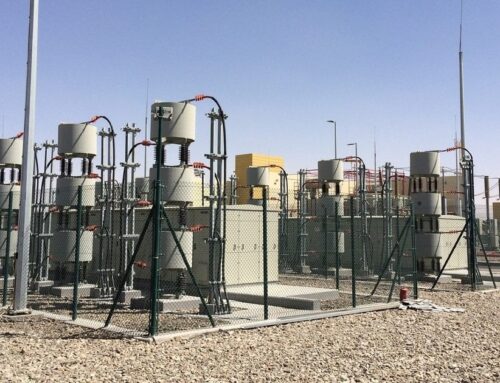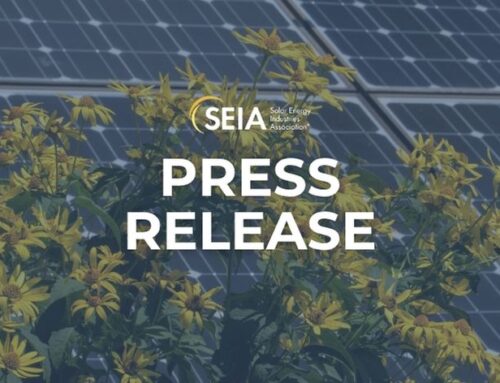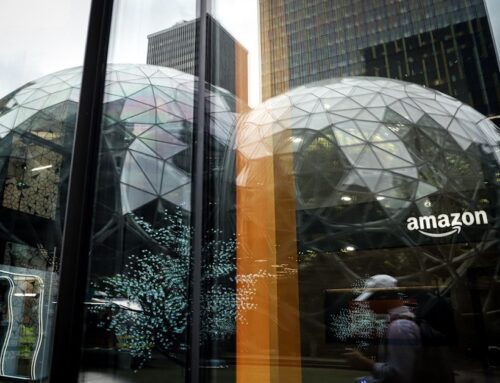This Innovation Makes It Easy For Companies To Restore The Environment
October 28, 2025
Rebalancing the planet’s carbon cycle and drawing down atmospheric carbon dioxide are vitally important to human civilization, but loss of biodiversity is so inextricably linked to climate change that we cannot solve one problem without solving the other.
One of the biggest drivers of climate change is land-use change. Industrial ranchers cut a road deep into the Amazon, bring in logging and earth-moving equipment, and reduce a complex forest ecosystem into a pasture in which to raise grass-fed beef for buyers in the U.S., Europe, or China.
The forest organisms that survived this mechanical onslaught must now find new homes, and many cannot adapt quickly enough. Habitat loss also brings wild animals in closer contact with humans, leading to the spread of zoonotic diseases such as COVID-19, avian flu and Ebola.
Individuals often feel incapable of addressing a crisis as enormous as biodiversity loss, so I have been encouraged to see businesses offering customers opportunities to pay a little more for a product or service to support ecosystem restoration projects. Research shows that such programs build customer loyalty and help recruit young people to work at sponsoring companies.
The clothing company tentree was founded in Canada in 2012 with the express purpose of planting ten trees for every item of clothing sold. It’s a noble idea, but the founders—brothers Kalen and Derrick Emsley and their friend David Luba—soon realized that realizing their restoration vision would be more challenging than they had imagined.
First, they had to find and vet organizations that provided ecosystem restoration services. Once they had decided on an organization and a project, they would start sending money to the group, only to find that very little information came back to them about the impact their money was having.
They could not tell if the trees they had paid to be planted had actually been planted, how many of the trees survived the first year, or whether the replanting efforts were bringing birds and animals back to restored areas.
According to Derrick Emsley, “Visibility into what was actually happening on the ground was incredibly limited.” He started thinking about what he would want to know as a sponsor of restoration services, and decided that if such reporting wasn’t available, he would build a system himself.
This process led tentree in 2019 to found veritree, a company that provides ecosystem restoration “verification-as-a-service,” receiving fees from corporate sponsors of ecosystem restoration projects to handle the myriad logistics of performing such a service.
veritree establishes relationships with organizations doing reforestation and other ecosystem restoration work and vets planned and ongoing projects. Once a corporate client decides to move ahead with a restoration project, veritree configures a suite of digital monitoring and verification technology enabling clients to observe and measure the impact of their project funding through an online dashboard.
GPS-based survey data, soil quality data, time-stamped photographs of newly replanted areas, and wildlife-tracking trail cameras and acoustic monitors give clients a multifaceted view of restoration projects they are funding. veritree accounts for all a project’s inputs and provides data to ensure that, for instance, trees haven’t been planted on behalf of two separate sponsored projects.
Companies investing in ecosystem restoration projects monitored by veritree have a full chain-of-custody view of how their money is being used and the results of their projects over time.
Businesses like hard numbers, but people take action and develop a connection with projects when they are personally moved by a narrative. The data veritree collects forms the basis for a compelling narrative their clients can share with customers and employees. veritree’s marketing team provides media kits to help their clients tell their stories by embedding maps and tree and animal counters on their websites.
I was particularly impressed by the restoration work in which veritree is involved. The company is verifying the restoration of kelp forests—an important near-shore ecosystem—in British Columbia and developing innovative ways to track progress. The company has also worked to verify a mangrove restoration project in Southeast Asia that sponsors the establishment of beehive operations offering local people a livelihood that preserves carbon-critical mangrove forests that might otherwise be converted into shrimp farms. (Read my review of the fabulous book The Blue Plate to understand the disproportionate carbon footprint of a shrimp cocktail.)
Emsley told me that planting and restoration groups seek to partner with veritree, knowing that the company’s approach to project transparency will enhance the credibility of their work. This industry credibility helped veritree raise $6.5 million earlier this year to scale its operations to be able to hit a goal of 100 million trees verified.
The inexorable destruction of earth’s precious ecosystems makes these dark days for environmentalists. Rather than throw up our hands, we must seek out and support companies that are doing the right thing. High-quality verification-as-a-service enables ecosystem restoration sponsors to confidently fund companies that will maximize the impact of their donations. Intelligent investors take note.
Search
RECENT PRESS RELEASES
Related Post




